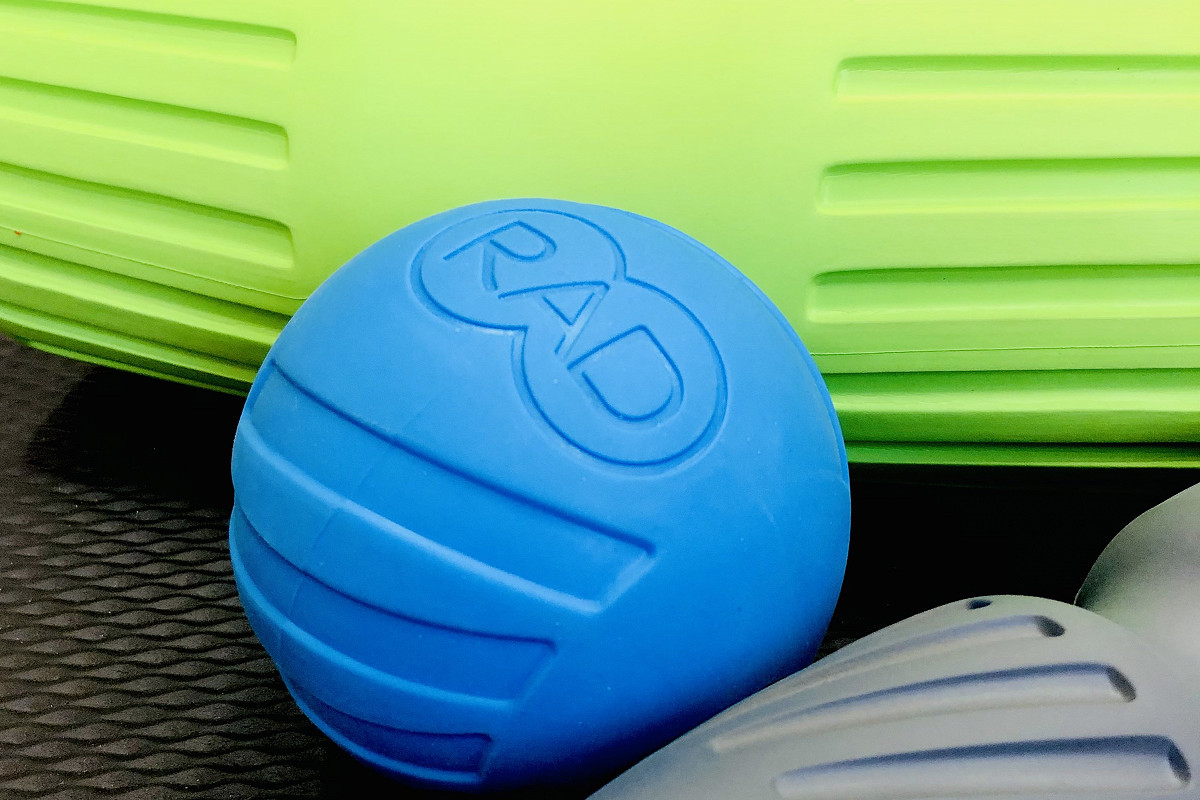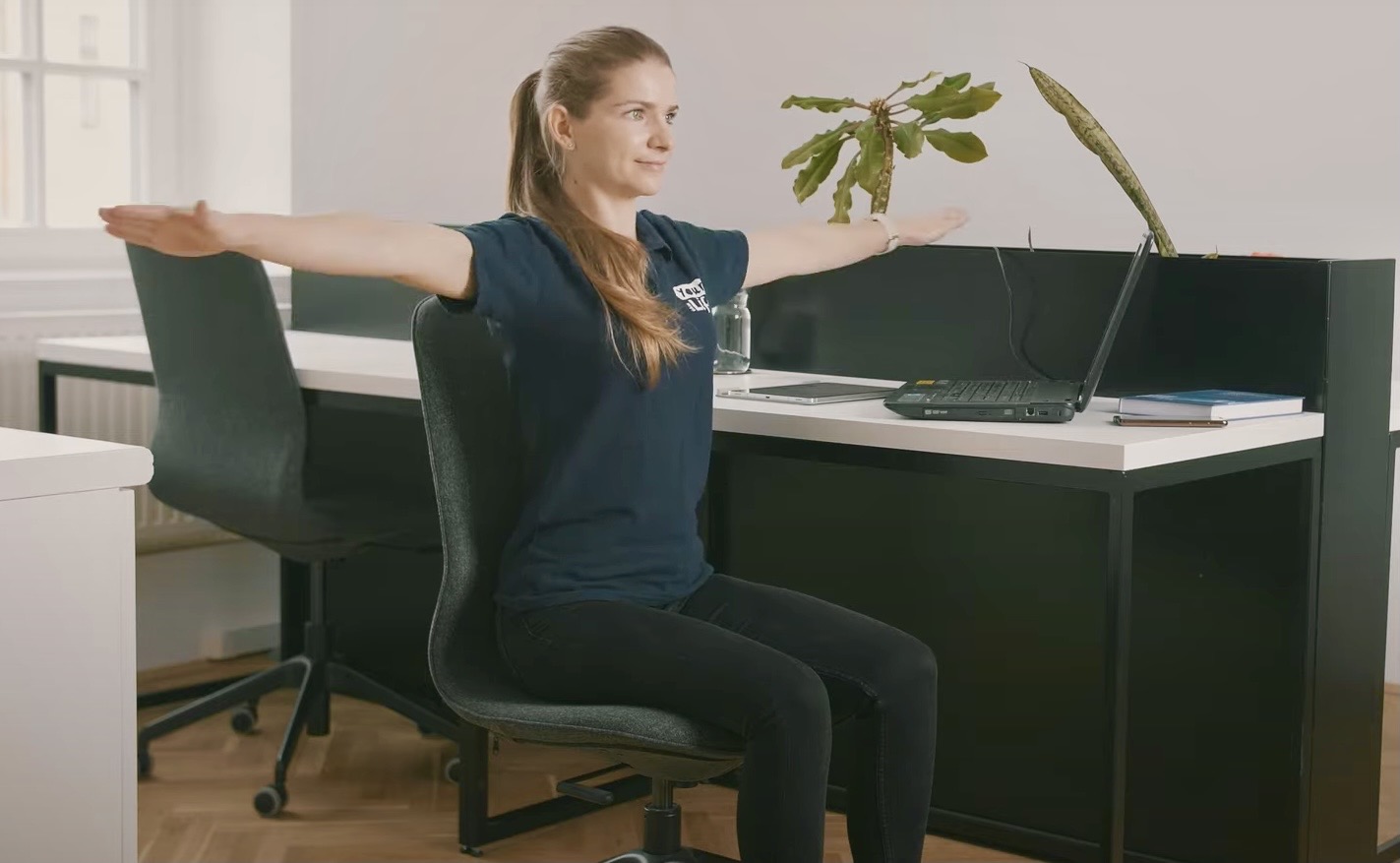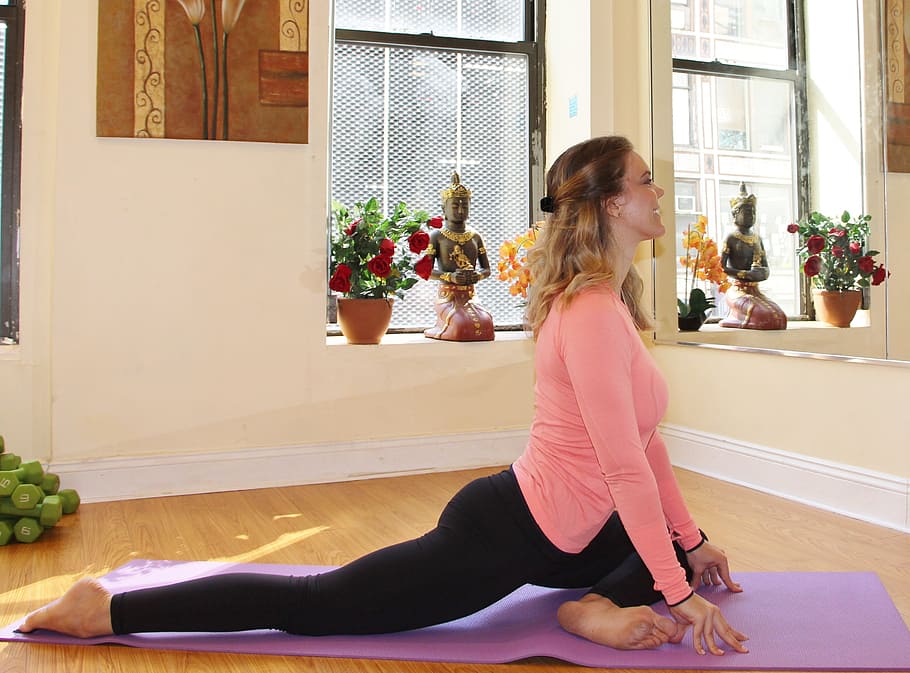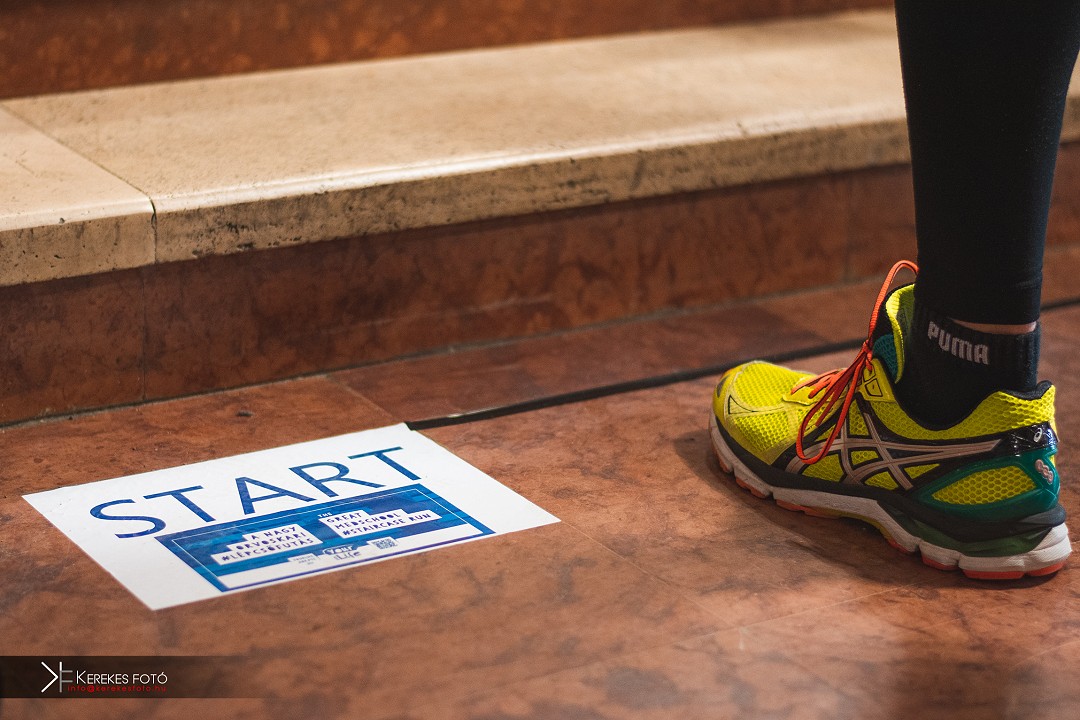Self-myofascial release (SMR)

What is SMR?
The very first thing that comes to your mind upon hearing the term is surely, the foam roller a tool that can now be found in most homes. The reason why it has become so popular and widely available is that it can be used by anyone, anytime to relieve connective tissue tightness without the help of a professional. This is where the name of the technique comes from: Self-Myofascial Release.
How to use a foam roller?
Foam rollers are availabele in various shapes and sizes, with various surface and firmness features to suit a variety of needs. They can be used on nearly every part of our body.
If you’re interested in learning some exercises, apply for a free consultation with a physiotherapist of Yourlife at the links below: https://yourlife.aok.pte.hu/co...
Why do we need SMR?
Fascia is the type of connective tissue that is most abundant in the body, there is no square cm that does not include fascia. Fascia composes a continuous cobweb-like structure: it sorrounds and holds every organ, blood vessel, nerve fibre and muscle in place. It provides connection between distant elements of the skeletal and muscle systems enabling a continuous functional interaction.
Superficial fascia is located immediately under the skin, covering the entire body. Thereby, the fascia:
- ensures the stability of posture and mobility,
- impacts upon circulation and the nervous system,
- and plays a role in joint position sense.
Fascia adapts fast to physical, chemical and mechanical effects. Upon inadequate, repetitive or one-sided, unbalanced muscle use, immobilisation or dehydration, the characteristic, regular, web-like structure changes: fibres straighten or get tangled up resulting in the development of fibrous lumps and adhesions; the fascia loses its elasticity. Symptoms may include muscle rigidity, muscle and joint pain, feeling unwell and organ dysfunctions.
How can SMR help?
The resulting pathological tissue changes can be improved and even reversed by exercising, stretching, massage or other manual fascial therapies, cupping or using SMR tools, and also by consuming adequate amounts of fluid. The above help tissues regain their function through their ability to regenerate. SMR tools help eliminate excess fluid that has accumulated within the tissues so that it can be replaced with fresh lymph, thereby they can help:
- improve tissue regenration,
- restore muscle imbalance,
- restore the flexibility and elasticity of tight or frozen areas,
- inactivate trigger-points.
Here are some tips if you have decided to buy a foam roller for yourself but you are not sure how to choose:
1. What shape? What size?
The correct size and shape mainly depend on what your goal is, what you would like to use your foam roller for, and which part of your body you would like to use it on. Foam rollers come in different shapes, there are balls, cylinders of various diameters or lengths and several other shapes. Cylinders and balls are mainly used for relieving tension in larger areas of the body, i.e. several muscle groups at the same time. The smaller the foam roller, the smaller the area you can use it on. Using smaller rollers you can achieve more precise and deeper impact on the muscles.
2. Soft or firm?
Foam rollers differ in their construction, there are softer and harder, firmer types. Soft rollers are designed for people who are newcomers to SMR or have lower pain tolerance. How strong a massage you prefer may also depend on the muscles or body part you want to use it on. If you want to increase the intensity of the massage, you should simply use more of your own weight/amount of pressure. On the contrary, if you want to reduce the pain you are experiencing during foam rolling you can just decrease the amount of pressure you are applying by supporting your body position with your arms and/or legs or by putting a thicker yoga mattress under the roller.
3. Smooth or bumpy?
If you are looking for a more invigorating massage, or if you want to target painful trigger points, rollers with ridges or bumps can provide a deeper, penetrating massage that break up fascia in even the most tight, compact areas and can thus help you get rid of lumps and relieve tension. However, if your aim is to effectively increase circulation in your tissues it is the smooth roller you should go for as these can massage a larger surface area and thus, can help eliminate more of the accumulated lymph.
4. Before or after work out?
SMR is recommended both before and after exercising, however, with different goals. Prior to work out the main goal of using a foam roller is to prepare your muscles, to warm up your tissues to achieve more effectiveness and strength while exercising. Therefore, you should aim to be faster and more dynamic when applying the roller.
After exercising, the roller should be used more slowly as part of cooling down. It is important to note that foam rolling does not replace stretching!
5. Common mistakes:
SMR is supposed to be a pleasant, relaxing experience as its main goal is to relieve tension in the muscles. If you feel unpleasant or foam massaging results in too much pain you are advised to change technique.
If the massage is too painful you are applying too much pressure. Although there are more critical areas areas that might be more painful to massage, the level of pain you are experiencing should never be higher than 6 on a VAS scale. You should never force yourself to bear the pain just to prove how tough a person you are as pain causes tissues to tighten as a defense response and consequently, SMR will fail to provide the relaxation and stress release it is supposed to. If your body position is inadequate or unstable, it is highly likely that the angle you apply the foam roller at will not be suitable and thus, you will not be able to exert sufficient force.
You should avoid foam rolling bones, the popliteal or axillary areas.
- Always include the back and the upper extremities, do not exclude these areas!
- + 1 advice: tensing and relaxation
You can increase the intensity and effectiveness of SMR by dynamically tensing and relaxing the muscles of the treated area while foam rolling.
You need to know:
SMR is not recommended in severe osteoporosis, untreated high blood pressure, during anticoagulant therapy and if the area to be treated is affected by severe varicosity.
If you are interested in learning some foam rolling exercises, apply for a free consultation with a physiotherapist of Yourlife at the links below: https://yourlife.aok.pte.hu/co...
Anett Végh
physiotherapist, health promotion expert


